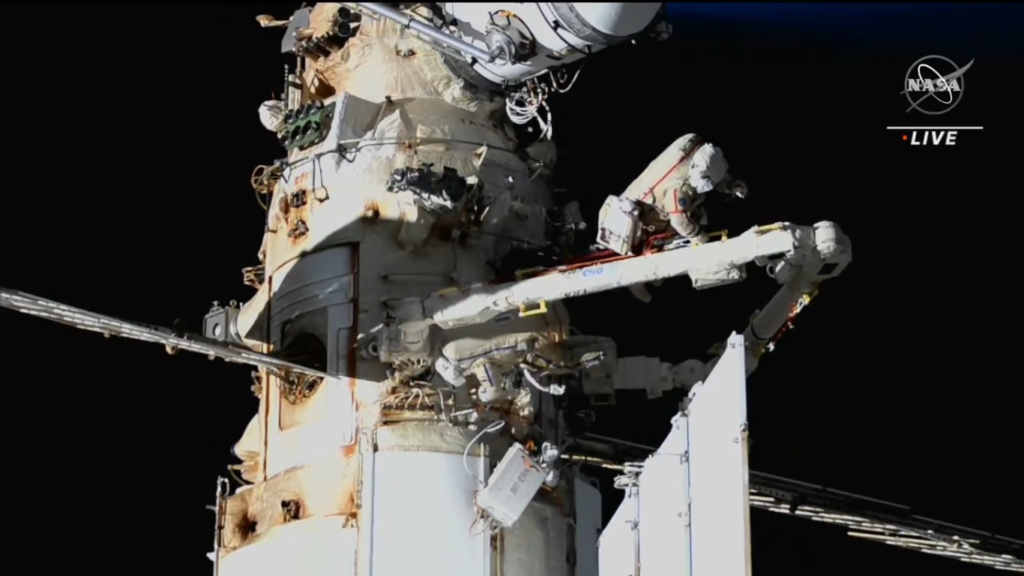When the MiG-25 and Tu-22M3 are flying along at mach 2 however the volume of air flowing past the aircraft every second is enormous because of the flight speed so when flying near top speed the intakes and suction relief doors are all as far closed as they will go reducing the amount of air going into the engine so it can be slowed down to subsonic speeds before it gets to the hot section where fuel is added and burned.
With a scramjet you are using complex geometry to enable the fuel to burn but you don't want to slow the airflow down... if anything you want to speed it up because the faster it is going when you add liquid fuel and it burns and turns into a gas then you greatly increase the volume of gas going through the engine which has no blades or plates... it is a tube.
At the speeds these objects will fly at there can be no blades or disks because they would rip themselves apart at the speed they are going.
For the same reason high speed cars and motorbikes getting to supersonic speeds on salt flats in the US don't use rubber tires because the rotational speed would shred them in seconds. They use metal wheels.
Hypersonic aircraft engines don't even have those wheels... at 3km per second even metal turbine blades would be ripped apart.
The SR-71 engine was clever it has a long pointy nose cone... on the ground and for takeoff the cone moves back and the gap around the edge is the air intake for a turbojet engine... but there is a space around the turbojet engine where bypass air can flow... like a turbofan but with no fan blades forcing air around the core turbojet engine.
As the SR-71 climbs and accelerates the cone moves forward and gradually blocks all air off from the turbojet engine so all the airflow goes round the bypass airflow area essentially operating as a ramjet.
When the SR-71 flies at mach 3.2 its turbojets are idling and all the airflow is blowing through the bypass venting with fuel added in the rear acting like a ramjet.
Having an air intake that opens one way for takeoff and landing with a turbojet and another way to direct the airflow through a scramjet to accelerate and climb to high speed and high altitude is a very straight forward thing to do... once you get the scramjet right of course.
The turbojet doesn't need to be amazing or fuel efficient... it just needs to be reliable and able to get the entire aircraft up to speed to switch over to the scramjet...
They would only be used on the ground and after you have gained altitude and speed to where you can light up the scramjet and rocket away.
In a few years time that turbojet could be electric... for acceleration a scramjet should be very good because the airflow can be max all the way without restriction to keep the airflow inside the engine subsonic, which means it can operate like a rocket all the way.
Pulse detonation techniques could also be used to further increase thrust too.
I agree regarding the first manned hypersonic vehicle being largish, but the first hypersonic vehicles are missiles... and they might actually get bigger and longer ranged and could even challenge ballistic missiles because they are rather more fuel efficient...










